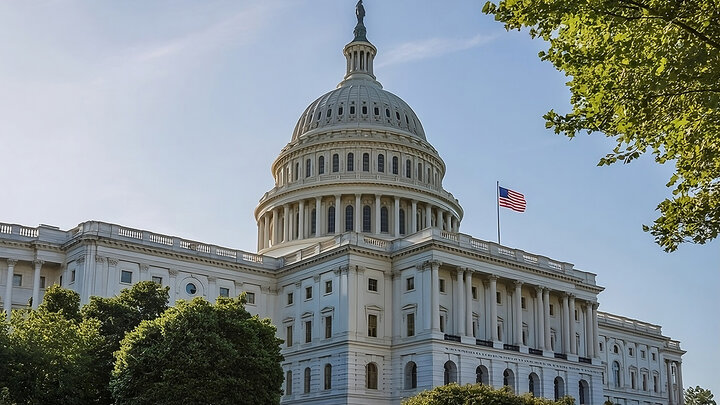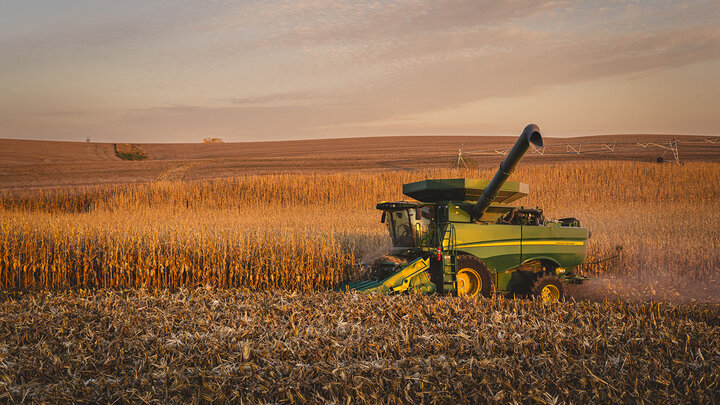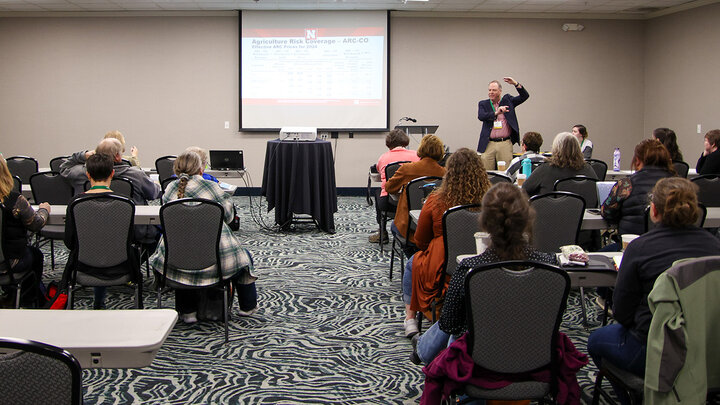Listen: Nebraska FARMcast
Brad Lubben discusses the Big Beuatiful Bill Act's impact on agriculture on this epidode of Nebraska FARMcast.
This "Policy Report" column was first published by Nebraska Farmer on July 10, 2025, and is excerpted here with permission. View the full column via Nebraska Farmer.
In early July, the reconciliation bill titled the “One Big Beautiful Bill Act” was passed after marathon sessions in both chambers of Congress and was signed by President Donald Trump.
The legislation marks a major milestone in the policy agenda for 2025, with sweeping language covering taxes, border security, energy, Medicaid and food assistance, budget cuts, and even farm programs — among other things.
The primary political debate over the past several months and into the final hours focused on the tax policy changes, Medicaid cuts and food assistance cuts. The tax policy changes would extend many of the tax provisions passed back in 2017 that were set to expire at the end of 2025. The tax changes will reduce expected federal revenues, and thus count against the budget baseline under federal budget rules.
The proposed changes to Medicaid and food assistance included language relating to fraud and mismanagement and payment rates, and various eligibility rules are expected to reduce federal spending substantially.
The fact that tax changes generally benefiting wealthier taxpayers increased, while spending on Medicaid and food assistance for poorer individuals and households were cut, provided the fodder for most of the political debate that was generally split down partisan lines in each chamber.
How about agriculture?
Amid the political rancor and focus on spending, it may seem surprising that agriculture received a significant increase in spending for federal farm support and other farm bill provisions, along with some favorable energy and tax provisions as well.
The agricultural committees were originally tasked with finding billions of dollars in budget cuts as part of the reconciliation process, but they ultimately made $120 billion in budget cuts over 10 years to agriculture and food programs by cutting food assistance programs by $186 billion, while increasing farm support by $62 billion and other programs approximately $4 billion on net.
Federal farm legislation was two years overdue for reauthorization, and there have been repeated calls for increased support in the next farm bill — particularly as crop prices have fallen over the past three years — but the pathway that led to provisions in the reconciliation bill and increases in farm program spending at the expense of food assistance seems unprecedented.
Time will tell if the current developments permanently disrupt the traditional farm-and-food coalition needed to get a farm bill across the finish line for most of the past six decades.
In the meantime, there are numerous changes for ag producers to understand and react to right away in commodity programs, disaster assistance and crop insurance provisions, as well as conservation and other programs.
For covered commodities, the new law makes changes immediately for the 2025-31 crop years. It increases support levels for Price Loss Coverage, Agriculture Risk Coverage and commodity marketing loans, and makes changes to payment limit and eligibility rules beginning right away for the 2025 crop year. The language also provides for the addition of new base acres in 2026.
The statutory reference prices for PLC generally increase from 10% to 20%, with corn going from $3.70 per bushel to $4.10 per bushel, as an example. The effective reference price for corn for 2025 was already higher than that based on a moving average formula, but an increase in the formula from 85% to 88% of the moving average and an increase in the cap on the effective reference price moves everything higher, and the corn reference price for 2025 moves from $4.26 to $4.42 per bushel.
The effective reference prices for grain sorghum, soybeans and wheat move from $4.51 to $4.67, from $9.66 to $11.50, and from $5.56 to $6.36 per bushel, respectively, significantly increasing the potential support from the PLC program. The statutory reference prices also increase automatically under a formula tied to inflation beginning in 2032, establishing an increasing baseline for future legislation.
There are increases for ARC as well. The guarantee increases from 86% to 90% of the benchmark revenue (moving average yield times moving average price), and the protection band increases from 10% to 12% of the benchmark revenue.
Essentially, ARC protection shifts from an 86% to 76% revenue band to a 90% to 78% revenue band, changing the relative revenue risk exposure of producers going forward and likely their optimal crop insurance decisions as well.
While these changes to PLC and ARC will take effect immediately, producers will not be required to re-visit their enrollment decision for 2025. Instead, the program will pay producers the higher of the payment rate under either PLC or ARC-CO (ARC at the county level) for the 2025 crop year and will return to the annual PLC vs. ARC enrollment decision in 2026.
Crop insurance
Producers will also benefit from increased crop insurance program support in the legislation. Federal premium support (subsidy) levels increase from 3 to 5 percentage points. As a result, the federal subsidy for buy-up coverage changes from the current 38% to 64% of total premium to 41% to 69% of total premium based on buy-up coverage level.




